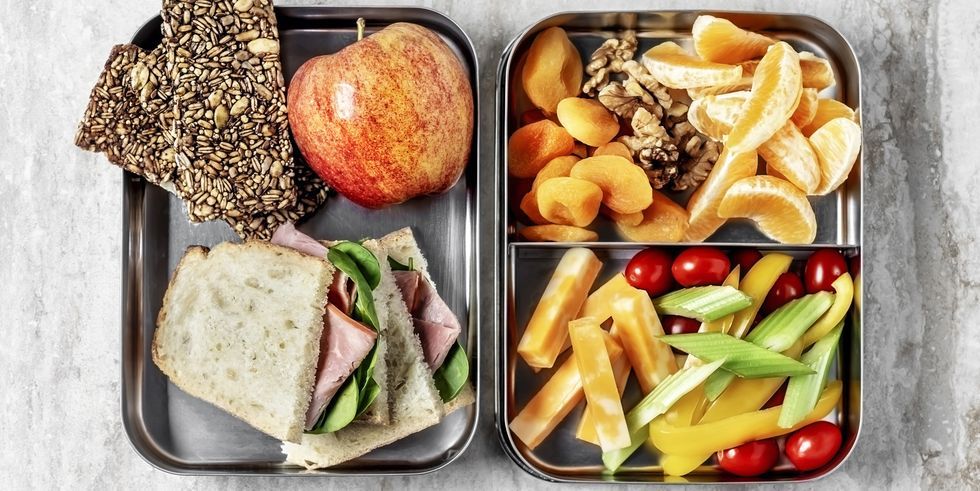Healthy Eating: A Beginner's Guide on How to Eat Healthy
Did you see this? :both" id="content-section-0">Healthy Eating - HealthySD.gov - Questions
The foods you consume have huge effects on your health and quality of life. Although consuming healthy can be fairly simple, the rise in popular "diets" and dieting trends has triggered confusion. In reality, these trends frequently distract from the standard nutrition principles that are essential. This is a comprehensive novice's guide to healthy consuming, based upon the most recent in nutrition science.

For example, eating healthy can drastically decrease your opportunities of developing cardiovascular disease and cancer, the world's leading killers (,, ). A good diet plan can enhance all elements of life, from brain function to physical performance. In truth, food affects all your cells and organs (,,, ).

From disease risk to brain function and physical efficiency, a healthy diet plan is essential for every element of life. Calories and Energy Balance Explained Over the last few years, the value of calories has been brushed aside. While calorie counting isn't always required, overall calorie intake still plays a crucial role in weight control and health (11, ).

Healthy Eating - Academy of Nutrition and Dietetics Fundamentals Explained

If you take in fewer calories than you burn every day, you will drop weight. If you desire to lose weight, you must produce some kind of calorie deficit (). In contrast, if you are trying to put on weight and increase muscle mass, then you require to eat more than your body burns.
Comprehending Macronutrients The 3 macronutrients are carbs (carbs), fats and protein. These nutrients are needed in relatively big amounts. They offer calories and have various functions in your body. Here are some common foods within each macronutrient group: 4 calories per gram. All starchy foods like bread, pasta and potatoes.
4 calories per gram. Main sources include meat and fish, dairy, eggs, beans and vegetarian options like tofu. 9 calories per gram. Main sources consist of nuts, seeds, oils, butter, cheese, oily fish and fatty meat. Just how much of each macronutrient you need to take in depends upon your lifestyle and goals, along with your individual preferences.
Getting The Healthy Recipes, Tips and Meal Ideas - Food Network To Work
Understanding Micronutrients Micronutrients are essential vitamins and minerals that you need in smaller sized doses. A few of the most typical micronutrients you should know include: Plays a function in over 600 cellular procedures, including energy production, nervous system function and contraction (). This mineral is very important for blood pressure control, fluid balance and the function of your muscles and nerves ().
UNDER MAINTENANCE